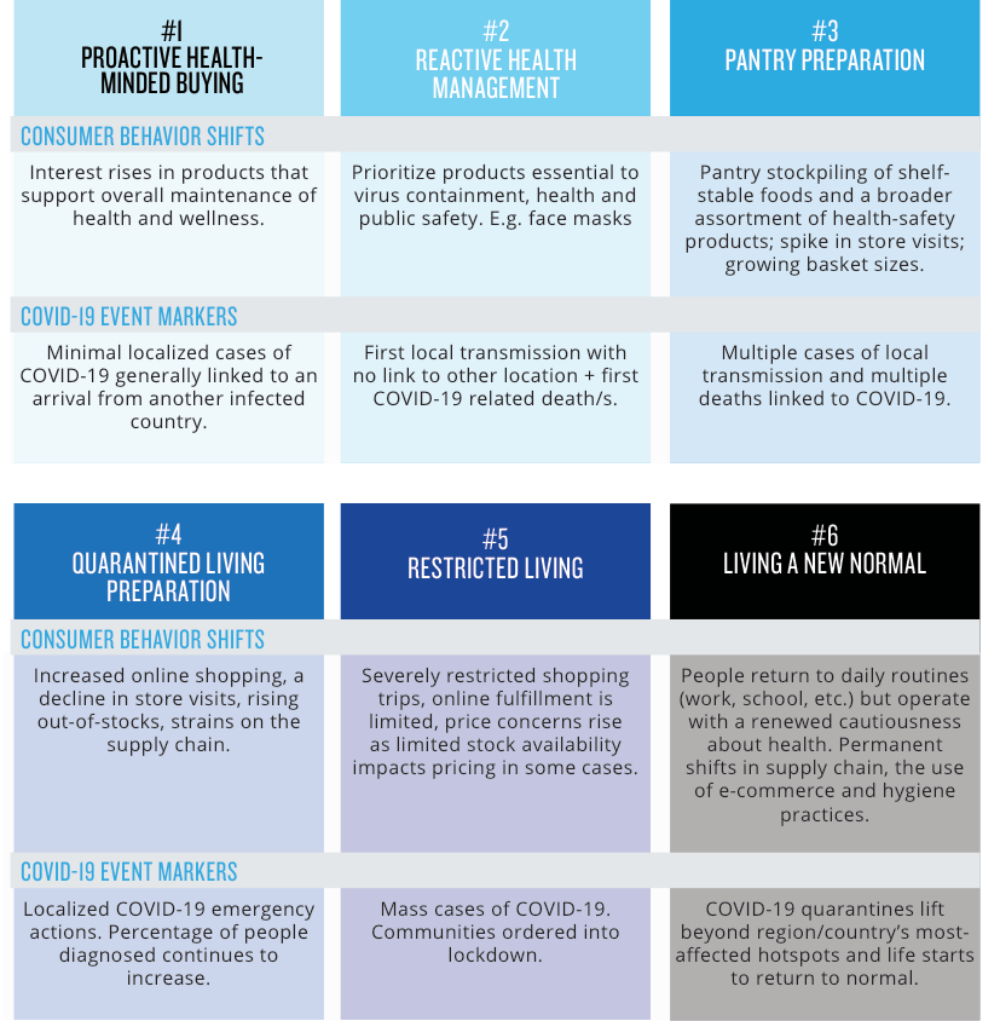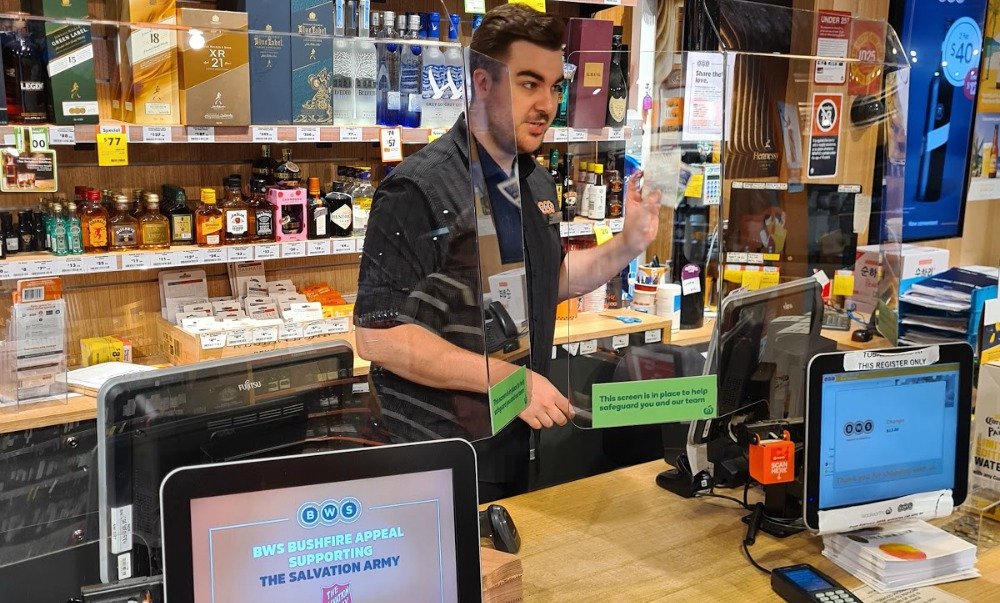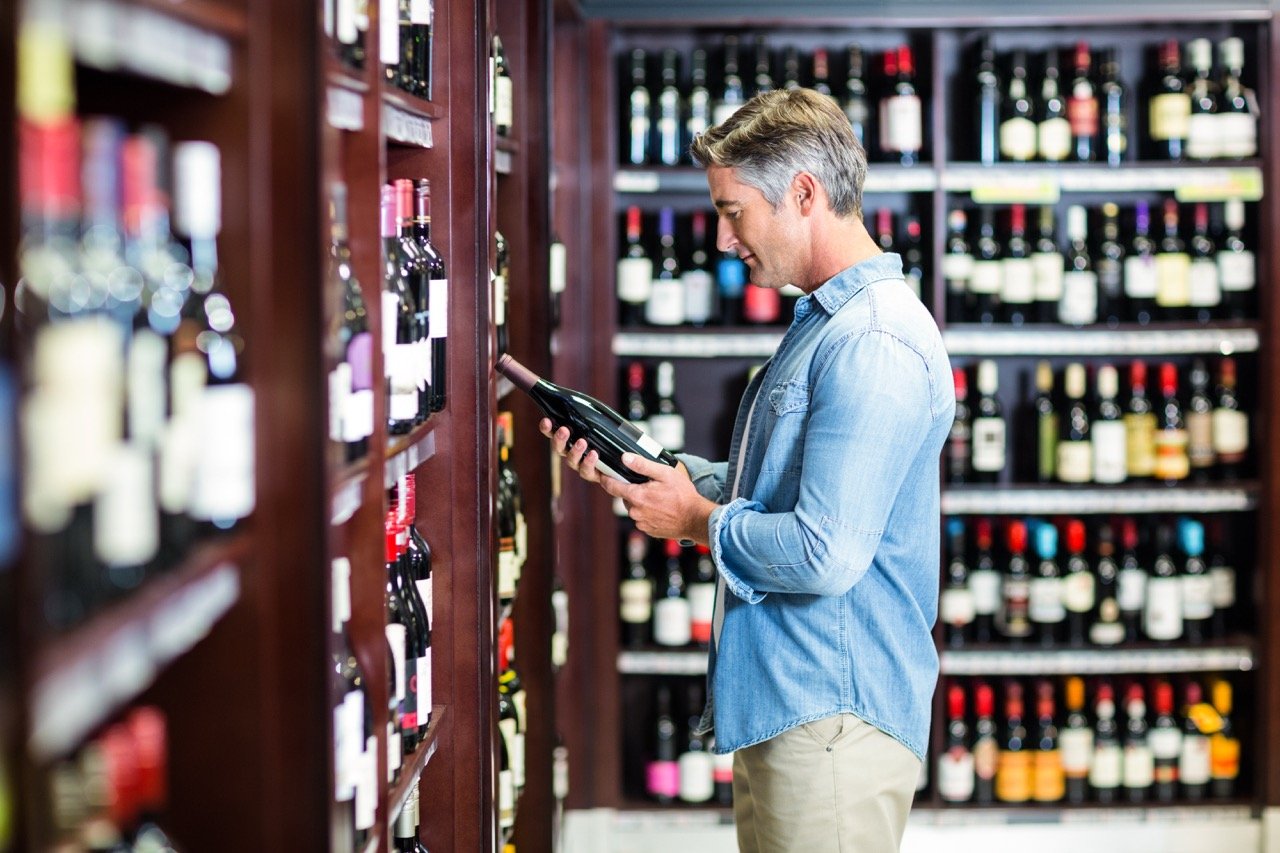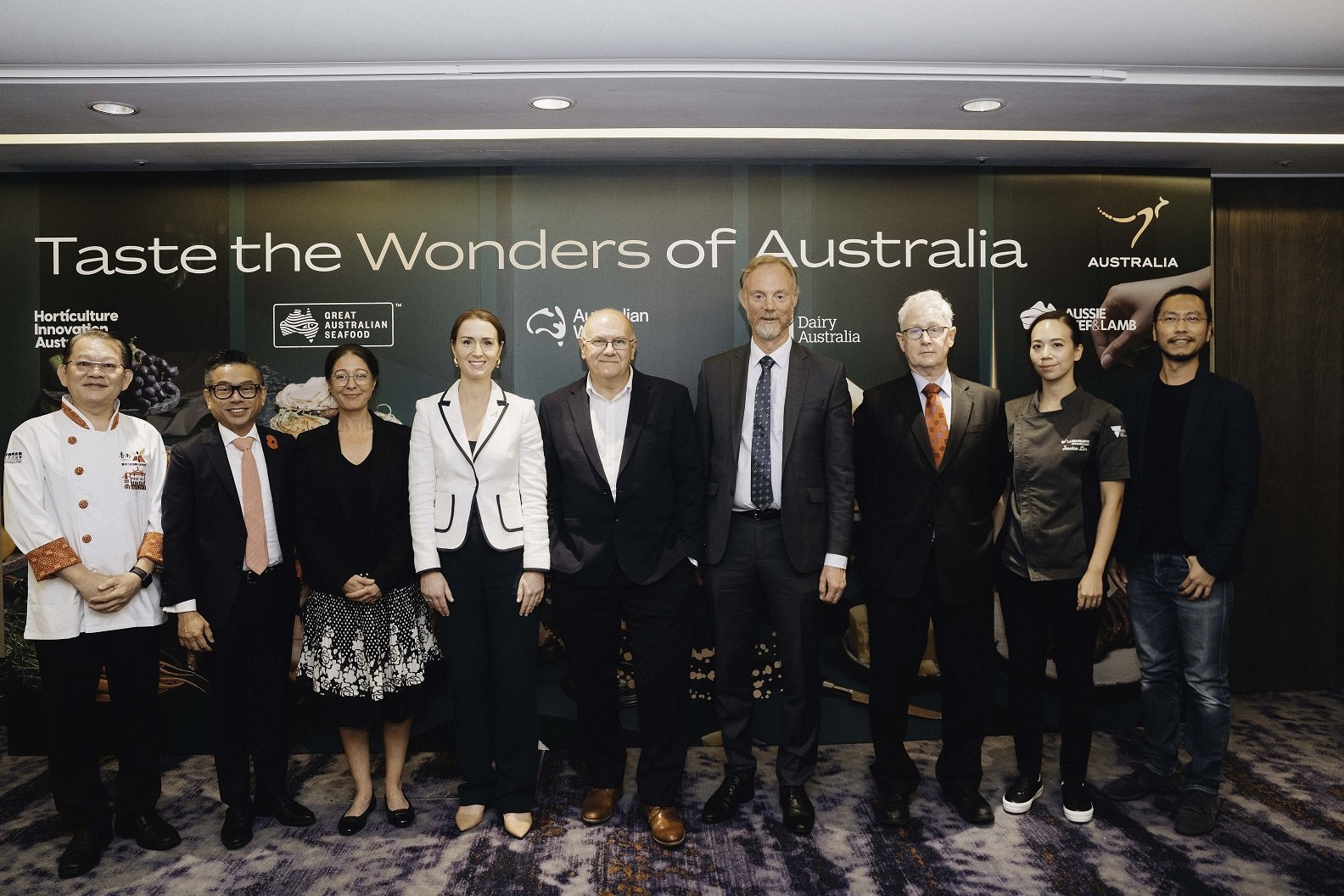Consumption patterns after COVID-19 will be changed forever by a recalibration in buying habits, according to Nielsen Intelligence Leader Scott McKenzie.
McKenzie said China offers insights into how the rest of the world will react after weeks of restricted living, as they try to go about their daily routines again, with a sense of cautiousness around second waves of the disease.
Nielsen has identified six key consumer threshold levels that tie directly to concerns around the COVID-19 outbreak and economic recovery.

During discussions with thousands of retailers and consumers around the world - married with sales data - three critical accelerators emerged that intersected with those six consumer thresholds.
"These accelerators are important to understand in the context of consumer demand as markets move through the six thresholds and come out the other side," McKenzie said.
The first is technology, with increased digital connectivity due to people working from home. It means there will be fewer perceived barriers to online shopping moving forward.
"Companies that can leverage technologies — by meeting changing consumer demands online, enabling seamless interactions through direct-to-consumer offerings and enhancing consumer experience with augmented and virtual realities—have the opportunity to earn consumer loyalty well after consumers’ concerns subside," McKenzie explained.
Nielsen has interviewed 10,000 retailers in China, a country that is already very mature in its e-commerce position and learned that 67% of them believe they need to quickly make bigger investments to meet consumer expectations post-COVID-19.
Consumers are also wanting more concrete guarantees when it comes to safety standards and efficacy of products.
"In the short term, this intensified demand from consumers will require manufacturers, retailers and other related industry participants to clearly communicate why their products and supply chains should be trusted," McKenzie said.
"In the longer term, and dependent on the eventual scale and impact that COVID-19 has on consumer markets, it may speed up a re-think on how shoppers evaluate purchases and the benefits that they see as the key factors to consider."
Thirdly, shoppers want to understand the supply chain, with complete transparency from farm to factory to distribution, and they want details of the measures being taken to assure their safety.
"Promoting a product’s local origins could help manufacturers and retailers assuage some consumer concerns," McKenzie noted.
There has also been a shift in the way people are consuming media. For example, the absence of live sport broadcasts means those sports fans are now forced to watch other programming.
"The implications for advertisers on this shift are significant and we’ve been deep in the middle of identifying how to move with those audiences," McKenzie said.
Share the content










